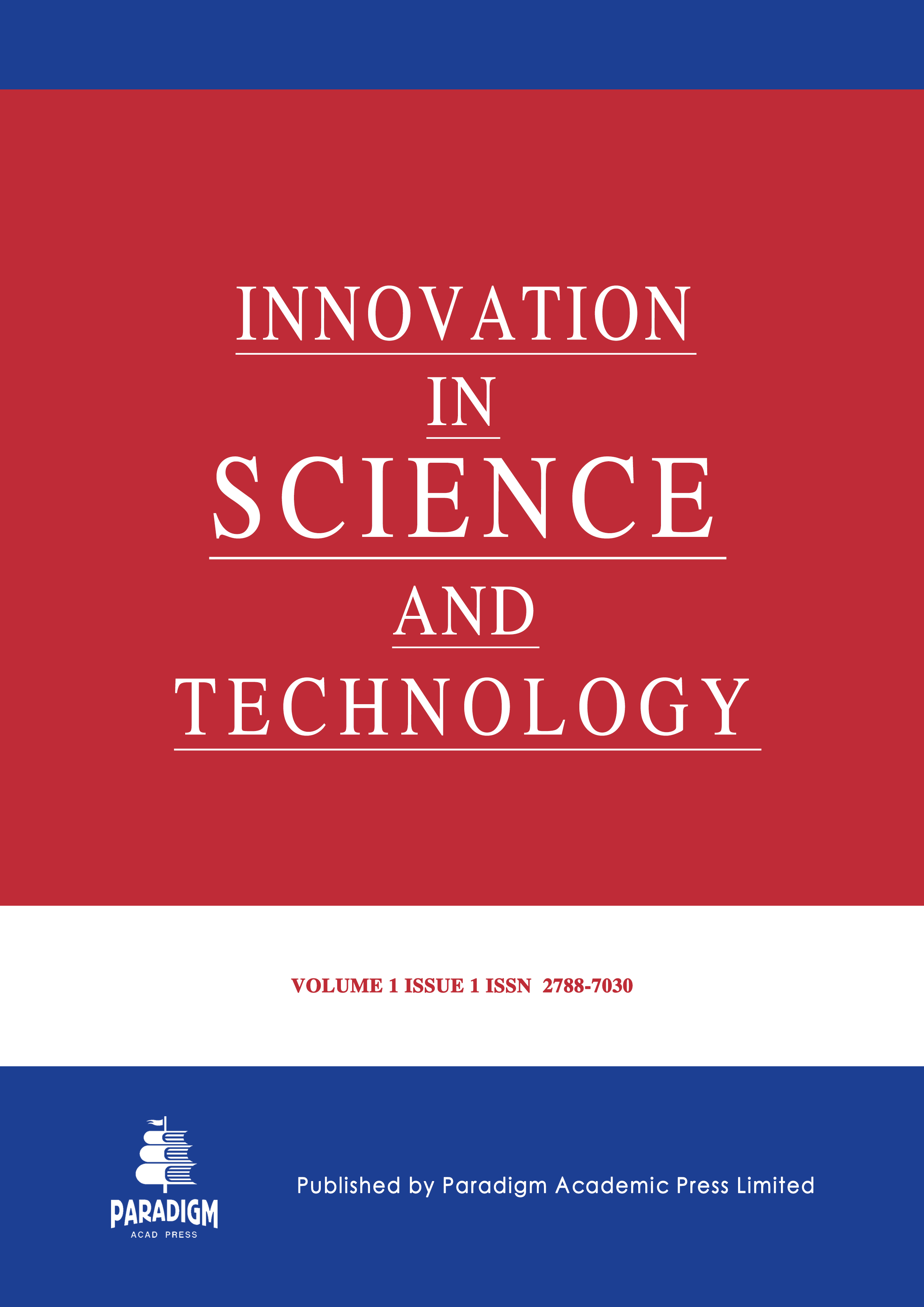Strategic Analysis of Past and Modern Hydrogen Storage Methods and Prospects for Its Future
Keywords:
hydrogen storage, Metal-Organic Frameworks (MOFs), porous carbon materials, energy infrastructureAbstract
This research report provides a comprehensive strategic analysis of past and modern hydrogen storage methods and prospects for its future. A literature review was conducted to identify the most promising materials and technologies for hydrogen storage and to compare their properties to current storage methods. The findings suggest that solid-state storage materials, such as metal-organic frameworks (MOFs) and porous carbon materials, show great promise due to their high storage capacities and favorable thermodynamic properties. However, technical challenges such as slow kinetics and low durability need to be addressed to achieve practical application. Furthermore, the integration of hydrogen storage into existing energy infrastructure presents technical and regulatory barriers that need to be overcome, such as pipeline compatibility and safety regulations. Overall, this research sheds light on the prospects and challenges of hydrogen storage and provides insights for future research and development in this field.


